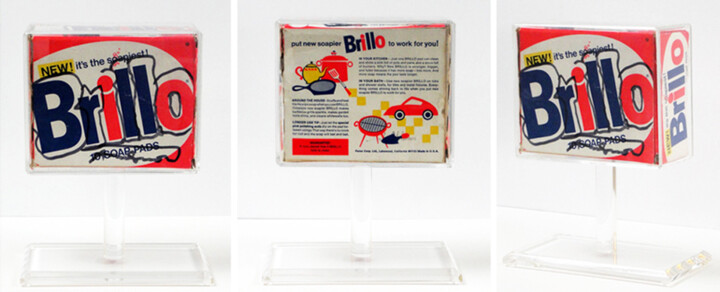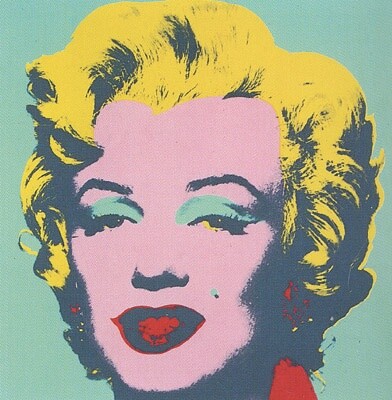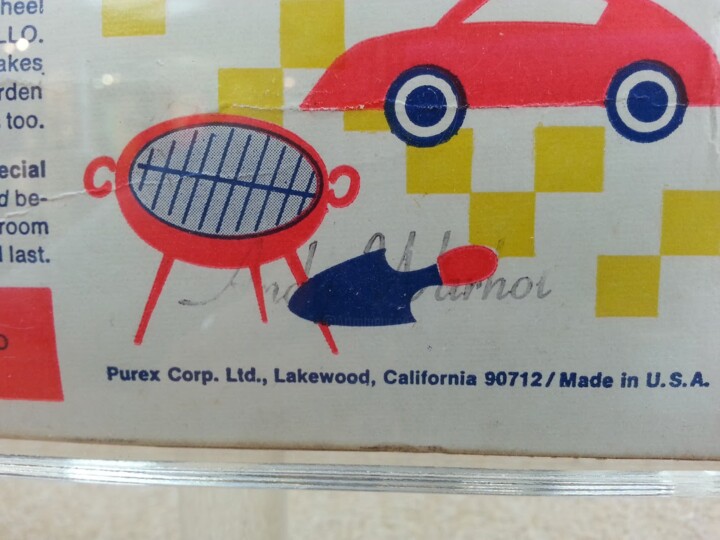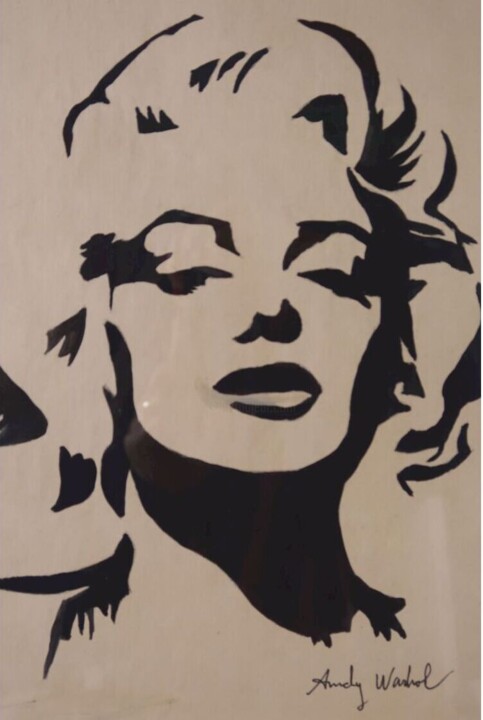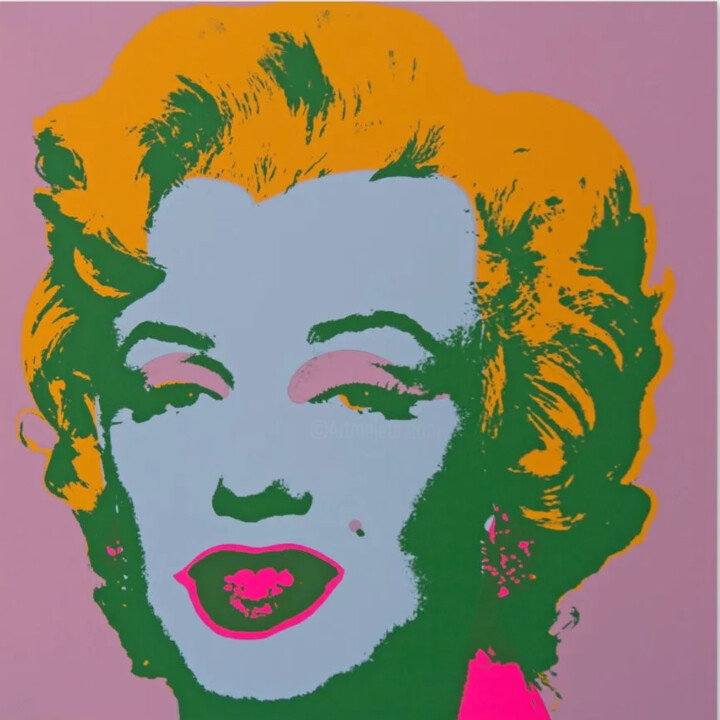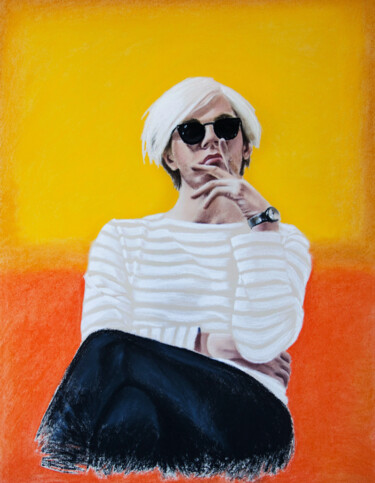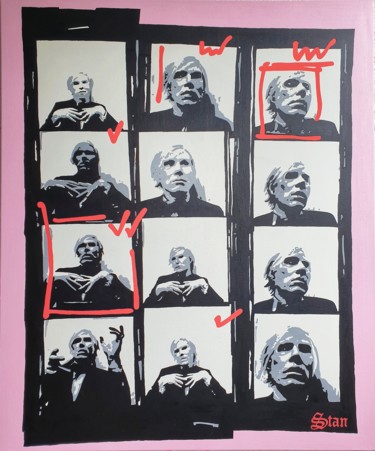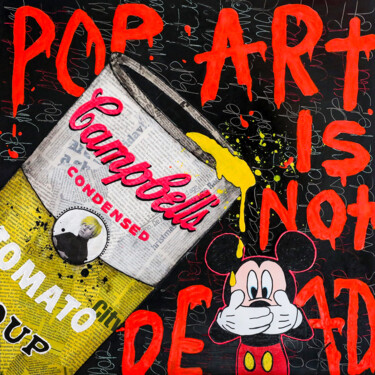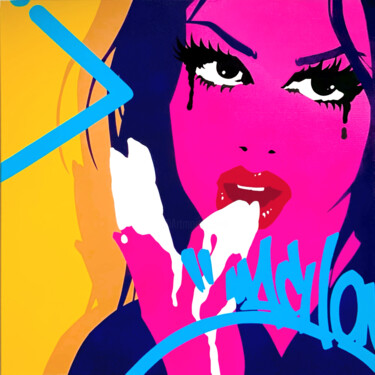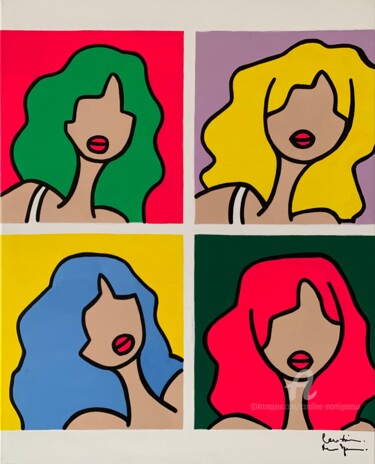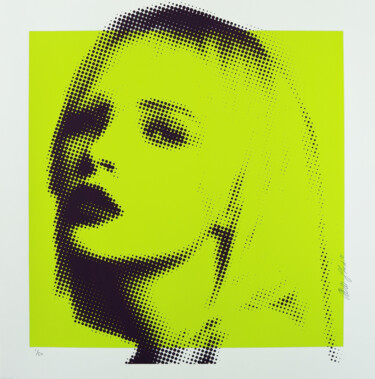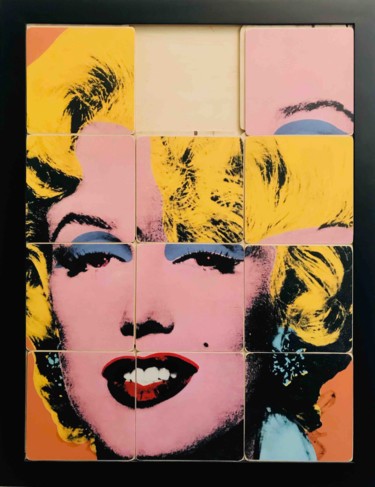Who is Juan Yarur?
A patron of South American art, Juan Yarur has a strong affinity for Chilean art. His extensive collection comprises over 450 pieces, divided into 50% Chilean artworks, 25% Latin American artists, and 25% global artists. In 2008, Yarur established the Beca AMA (AMA grant) and founded the Fundación AMA in honor of his father, Amador, with the aim of promoting Chilean artists on the international stage. Remarkably, Juan Yarur became the youngest member of the Latin American Acquisitions Committee at Tate Modern at the age of 26. His collection made its public debut at the Saatchi Gallery and Phillips de Pury in London in 2011, followed by an exhibition at the Museo de Arte Contemporáneo (Contemporary Art Museum) in Santiago, Chile, in 2013.
Interview with Juan Yarur
What initially sparked your interest in art collecting, and what is the primary driving force behind your collecting endeavors?
To be honest, I sometimes ponder the same question myself, and the genesis of it all remains somewhat elusive. It seems to have organically evolved over time.
During my upbringing, I was consistently surrounded by beautiful things. My father possessed a keen appreciation for beauty, although he was never formally educated or instructed in the realm of art. Perhaps this environment unconsciously nurtured a profound attraction within me towards these images, beauty, art, and its myriad forms.
Consequently, I embarked on a journey of frequenting museums and galleries, even though art had no direct connection to my upbringing or my family's involvement with the art world. Initially, I was drawn solely to the captivating images and figures I encountered. However, as time passed, I delved deeper into the narratives, stories, and histories that enriched these artworks, enhancing their inherent beauty.
At some point, this profound and absolute beauty compelled me to desire ownership of these objects and images, bringing them even closer to me.
Can you recall the moment when you fell in love with a particular artwork? If so, which artwork was it?
I believe that moment transpired when I acquired my first artwork, a piece by Claudio Bravo, at the age of 12.
What is your primary focus when it comes to the artists featured in your collection? Are you more inclined toward emerging talents or established, renowned artists?
My primary focus revolves around my personal preferences, what genuinely resonates with me. While there is a definite emphasis on emerging Chilean artists in my collection, there is an equally strong inclination and interest in those often-forgotten artists—individuals who have become lost in the passage of time and space, the unsung heroes of art. They provoke curiosity within me, a compelling urge to research and uncover more about their stories.
Of course, there are internationally acclaimed artists who captivate me and form an integral part of my collection. Simultaneously, I am constantly on the lookout for Chilean artists who have yet to receive the recognition they deserve in the annals of art history. This pursuit extends to young Latin American artists as well, as I am particularly intrigued by those who have gone unnoticed thus far.
Our quest extends to discovering these hidden gems, shedding light on their brilliance, alongside the aspiration to coexist with iconic artworks that I dream of having in my collection.
Is there a specific type of art that consistently draws you in or a common thread that unites all the works you have acquired?
While I am not a curator, experts who have examined my collection often remark on the evident coherence it possesses. For a time, there was a pronounced inclination towards exploring themes of sexuality, the human body, the erotic, and the taboo—those aspects of art that may make people uneasy, what they may not wish to confront. There is a fascination with the beauty of the macabre, the grotesque, and the initial lack of conventional beauty—unveiling the concealed, transcendental beauty inherent in images that generate discomfort. I will always be captivated by what others may overlook, from aged antiquities that some consider devoid of value to the artists I mentioned earlier who may be initially underestimated.
Furthermore, I must mention that Dutch Mannerism ranks among my favorite periods, alongside Viennese Actionism. Artists like Otto Muehl hold a prominent place in my collection and mirror my tastes and preferences as a collector.
Which artworks marked the beginning and most recently, the latest additions to your collection?
The journey started with a Claudio Bravo piece, serving as the foundation of my collection. As for the most recent acquisition, it was an artwork by Warhol. Furthermore, we are currently in the process of incorporating a piece by Leonor Fini into the collection.
You now possess an impressive collection of over 450 artworks. Where do you typically showcase this extensive collection?
The core mission of Fundación AMA revolves around promoting art and artists, with the collection serving as its central pillar. Consequently, all the artworks are perpetually available for cultural institutions and the artists themselves to exhibit.
In the past year, we loaned artworks to institutions such as Witte de With, Gazelli Art House, and the Chilean Pavilion at the 58th Venice Biennale. This year, we have already loaned a piece to the LA Art Show, and currently, select pieces are on display at Tate and MUAC (Mexico). Furthermore, we have plans to lend additional works to the Berlin Biennale and the ChACO Art Fair in Chile later this year.
Of course, there are certain pieces within the collection that hold a personal significance to me, and I prefer to have them in close proximity within my home.
You've previously exhibited your collection, first in 2011 at the Saatchi Gallery and Phillips de Pury in London, followed by a larger exhibition at the Museo de Arte Contemporáneo (Contemporary Art Museum) in Santiago, Chile, in 2013. Could you share your sentiments regarding these initial experiences of showcasing your collection?
The exhibitions at Saatchi Gallery and Phillips de Pury were surreal and beyond belief. It was an incredibly profound and personally significant experience. It marked the moment when I truly grasped the importance of the collection and the mission we were undertaking with the Foundation. Having a renowned gallery express interest in exhibiting our collection, our artists, and my choices as a collector was a pivotal realization. It clarified the purpose behind our endeavors: to promote and share art and culture.
The exhibition at MAC (Museo de Arte Contemporáneo) felt like a profound therapy session. It was the first time I had the opportunity to see the entire collection on display. Moreover, I became the first Chilean in the history of the Museum to present a private collection in one of the country's most significant cultural institutions. It was an intense inner journey, akin to a therapy session with a psychiatrist. On one hand, I felt incredibly vulnerable, as the audience delved into my essence, my inner thoughts, and my private tastes. It was simultaneously intimate and public. On the other hand, I felt an immense sense of pride in all the work we had accomplished and the ability to exhibit and share artworks in Chile that had never been seen before, not even to this day.
Is there a particular type of artwork that would lead you to write a check without hesitation?
Dutch Mannerism and British art.
What holds the position of your most cherished artwork in your collection?
"Anaconda" by Juan Downey.
How crucial is it for you to personally meet the artists responsible for creating the artworks?
Meeting the artists is absolutely fundamental for me. Building a connection with the artists is paramount. It's not just about the transaction of acquiring art; it's about generating a synergy that transcends mere ownership. It's about understanding art as an exchange of knowledge and emotions—a profound experience, rather than a simple transaction.
What inspired you to establish Fundación AMA and Beca AMA (AMA grant)?
As I became more deeply involved in art collecting, I reached a point where my artworks could no longer find space within my own home. It became evident that I should do more with my collection, not only for art's sake but also for the benefit of the art community. During this period, I was collaborating with a curator, primarily focused on international art. In our discussions about the collection's future, we recognized the importance of redirecting our attention to Chilean art.
Ultimately, this realization led us to the conclusion that the collection had the potential to have a lasting, positive impact on culture. It was not merely about amassing artworks but also creating a platform to promote art and artists. Thus, we decided to establish a grant for Chilean artists, enabling them to exhibit their work abroad and establish robust networks within the international art sphere.
In essence, as our collection expanded, so did our commitment to support artists in their careers and to foster art and culture on a broader scale.
What are your aspirations for the future of Fundación AMA and Beca AMA (AMA grant)?
Fundación AMA has consistently regarded art, artists, and research as integral forces driving national and international culture. Over the past 12 years, we have left a significant imprint on the world of art through our support for exhibitions, artists, and the promotion of artistic and academic research.
Today, we believe that the future of arts and culture carries an undeniable responsibility to create artistic archives and engage in academic and artistic research. We aim to construct a legacy that can be shared with the world.
We will continue to set precedents in the cultural realm by developing new grants and research initiatives. This year, we introduced the UCLA Visiting Professor grant, enabling emerging and mid-career artists to exchange knowledge and practices with students abroad. Additionally, we are collaborating with the MFAH and the ICAA to complete their 20th-century Latin American and Latino Art digital archive. This initiative provides free access to over a century of Chilean art history, benefiting researchers, students, and enthusiasts worldwide. It represents a significant contribution to the research and dissemination of Chilean art on a global scale.
Furthermore, we strive to remain a model of contemporary collecting, emphasizing respect for both artworks and artists. We employ cataloging models that adapt to new platforms, promoting sustainable and responsible collecting practices.
You have actively collaborated with several prominent museums. What has been your experience like in this regard?
My experience has been incredibly rewarding and enlightening. I've had the privilege of forging valuable friendships and meeting some of my lifelong art idols. It's been an enriching journey, and I couldn't have asked for more.
You've also generously donated artworks by Chilean artists to various museums. Could you elaborate on your thought process when determining which artworks to donate to specific museums?
The decision-making process for donating artworks to museums is an ongoing dialogue between curators and myself, taking into consideration both the museum's needs and my personal preferences. At times, I find myself serving on a museum board, and an intuitive sense compels me to donate a piece. This impulse arises from my personal fondness for the artwork and a deep-seated belief that such a contribution would be beneficial to the institution.
Who within the realm of art inspires you the most? I draw inspiration from Patty Cisneros, Tiqui Atencio, and Estrellita Brodsky.
Could you spotlight three up-and-coming Chilean artists that we should keep an eye on? Certainly, watch out for Grace Weinrib, Enrique Ramirez, and Nicolas Franco.
Juan Yarur: what he buys and why
Growing up as the son of a textile magnate, Juan Yarur Torres developed a deep appreciation for the finer things in life, ultimately fueling his passion for collecting art.
At the age of 36, his eclectic collection boasts renowned names like Tracey Emin and Andy Warhol, alongside celebrated Chilean artists such as Cecilia Vicuña and Claudio Bravo.
What was your most recent addition to your collection?
My most recent acquisition was a painting by the Chilean artist Juan Downey, which I purchased directly from his widow, Marilys Downey.
Are there any particular works or artists you hope to include in your collection this year?
Currently, my fixation lies in acquiring an artwork by Anish Kapoor. Additionally, I had discussions with a gallery last year regarding Tino Sehgal, though, for some inexplicable reason, the deal didn't materialize. Kara Walker is another artist who has occupied my thoughts frequently.
What's the most valuable piece of art in your possession?
I procured a piece by Otto Muehl for approximately $120,000, just a week prior to his passing in 2013. While it may not be my costliest purchase to date, it certainly stands as the most valuable work within my collection. Recently, we had to reevaluate our insurance as I realized its current market value has significantly appreciated.
Art investment isn't my primary motivation, as I never part with any of my acquisitions. My collection is deeply personal and aligns with my unique taste. Consequently, during insurance assessments, we occasionally uncover that certain pieces have surged in value since my initial purchase, unbeknownst to me.
Where do you predominantly acquire your art?
I source art from a variety of channels, including artists themselves, galleries, auctions, and we also commission works.
Is there a piece in your collection that you might have reservations about?
I wouldn't say I have any regrets, but if you're referring to challenging pieces to own, that would account for nearly half of my collection. I'm constantly contemplating international exhibitions and showcasing Chilean art beyond our borders, so I've never shied away from acquiring these monumental works. However, the challenge lies in finding sufficient space to display them in my home.
What artwork currently graces the space above your sofa?
Above my sofa, there's a commissioned work by Marc Quinn titled "Easter Island." It was specifically created with the awareness that it would be placed in Chile. However, we're planning to change it soon because my daughter will soon be walking, and the painting, spanning from floor to ceiling and lacking protective glass, presents a potential hazard.
Could you identify the most impractical piece of art in your collection?
Among the most impractical is a colossal wall measuring 12 meters in length and 7 meters in height, composed of numerous small plastic bags filled with water, meticulously arranged to form a world map. This creation is the work of the Chilean artist Catalina Bauer. Unfortunately, due to its size and complexity, I can only appreciate it when it's exhibited in museums.
Is there an artwork you wish you had acquired when the opportunity arose?
On a somewhat whimsical note, I wish I had accepted my father's offer of an apartment in New York when it was presented to me. I declined at the time, believing I was content, only to realize later that I could never afford it again.
If you could discreetly acquire any work of art without consequences, which one would it be?
"The Massacre of the Innocents" by Cornelis van Haarlem, housed in the Rijksmuseum in Amsterdam. This choice is deeply rooted in my affinity for the Mannerist period, although I have yet to include any Mannerist works in my collection.


 Selena Mattei
Selena Mattei



